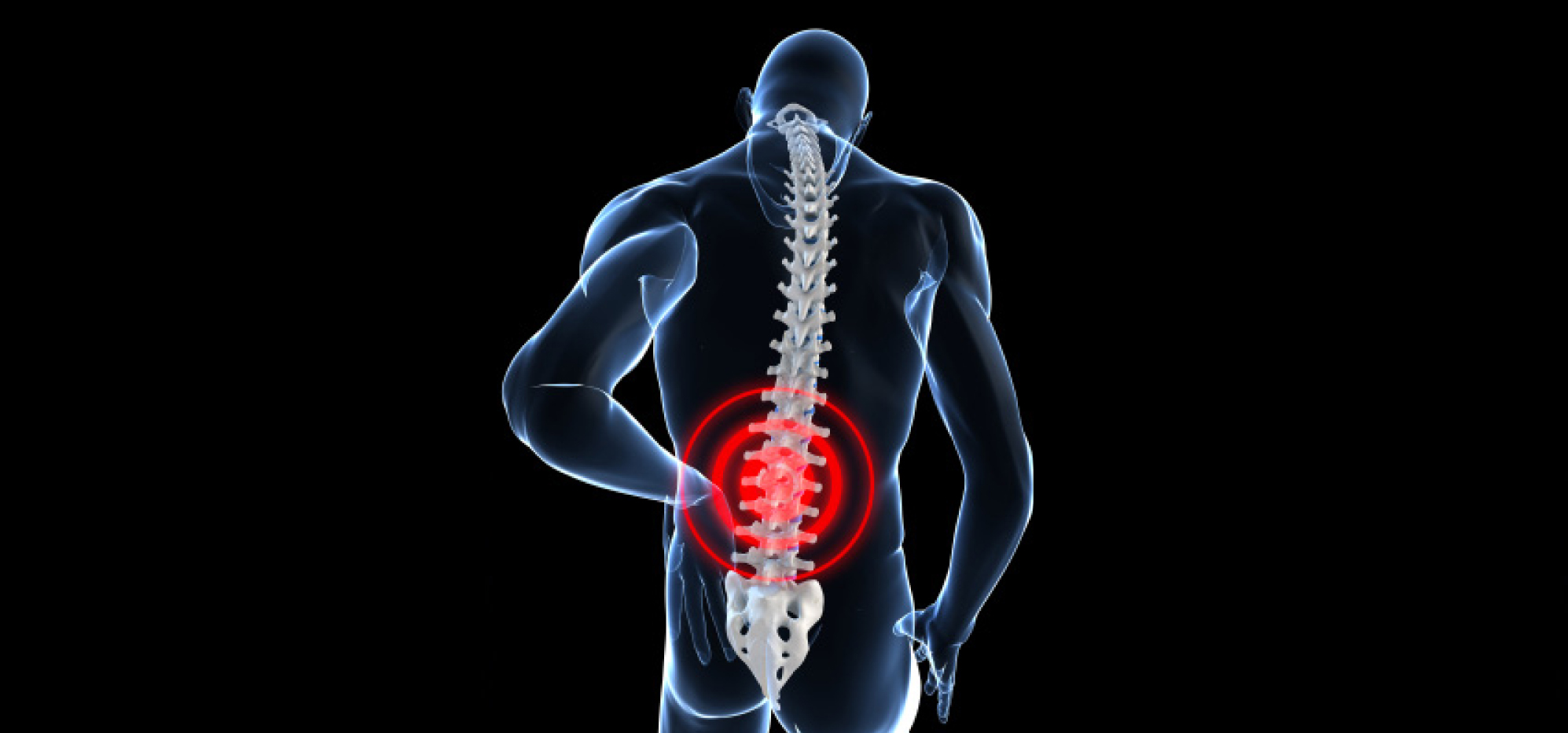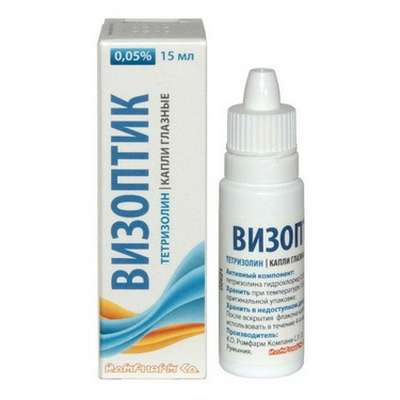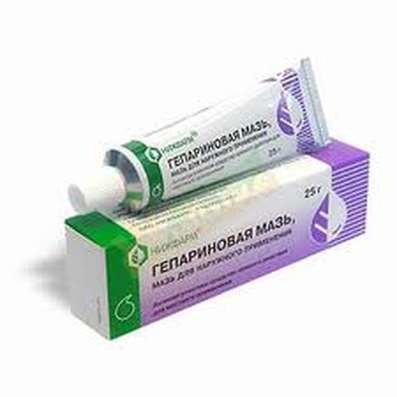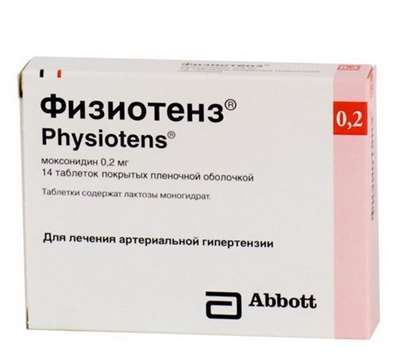Does your back ache? There is a solution!
28 Aug 2018
Back pain is one of those unpleasant problems with which, by experience, sooner or later, almost every person has to meet. Osteochondrosis and radiculitis, unusual physical activity, micro-trauma and hypothermia - all this can cause an attack of acute or aching pain. And this happens, as a rule, suddenly and at the most inopportune moment, and therefore it is so important that there is always a drug in the home medicine cabinet that will help solve the "painful problem".

Local non-steroidal anti-inflammatory drugs
In most cases, the mechanism of development of back pain is the same: stretching, compression or inflammatory tissue damage triggers a chain of specific biochemical reactions accompanied by the release of inflammatory mediators (prostaglandins, histamine, leukotrienes, etc.). They irritate the pain receptors, increase the permeability of small vessels and expand them, provoking an inflammatory process in the affected tissues. And to cope with the pain, a drug is needed that can effectively suppress this mechanism. Most often, the choice in this situation falls on local forms of NSAIDs (gels, ointments, creams), which are considered the most suitable for the ratio of efficiency and safety option for self-use at home.
The pronounced analgesic and anti-inflammatory effect with less risk of developing systemic side effects characteristic of tableted NSAIDs is what determines the choice of doctors in favor of local NSAIDs. Such drugs are now prescribed for the treatment of chronic joint and spinal diseases as an addition to systemic therapy, and are also recommended as a first aid for domestic and sports injuries - bruises, sprains, muscle strain, etc. But in patients, the use of these remedies is very often disappointing because of inefficiencies that do not justify expectations. In many respects this is due not so much to the properties of the preparations themselves, as to their incorrect application. First, many patients do not follow the recommendations for dosage and use an insufficient amount of the drug (1-2 cm gel instead of the recommended 5-6 cm). Well, and secondly, it must be remembered that external preparations, unlike injection forms, are not intended for immediate suppression of acute pain. Indication for the appointment of gels and creams on the basis of NSAIDs is a aching pain in chronic diseases and small injuries.
Quick solution of a painful issue
Bystrumgel, a gel form of ketoprofen (2.5%), successfully copes with this task, which, thanks to the small size of the molecule and the hydrophilic base of the preparation, is able to penetrate deeply into inflamed tissues. In this case, the release of ketoprofen from the gel and absorption through the skin occurs gradually, due to which the therapeutic effect of Bystrumgel persists for a long time.
The advantages of Bystrumgel include not only a quick and pronounced anti-inflammatory and analgesic effect, but also a favorable safety profile. The drug selectively accumulates in the focus of inflammation and surrounding tissues (muscles, fatty tissue, ligaments, joint tissues) and practically does not enter the systemic bloodstream, which avoids the characteristic gastropartic effect of NSAIDs and other systemic side effects. In addition, unlike many other NSAIDs, ketoprofen does not have a destructive effect on the cartilaginous tissue of the joint. It is especially worth noting that even with prolonged use, Bystrumgel is well tolerated and does not lose its effectiveness, so it can be used by a wide range of patients with aching pain as a reliable remedy with a powerful analgesic composition.
Bystrumgel will be a successful addition to both the home and road first aid kit - so that the means for solving "painful problems" with joints is always at hand. But it is necessary to remind pharmacists that, in order to obtain the maximum therapeutic effect, it is very important to follow the recommended application frequency and dosage in the instructions.

 Cart
Cart





